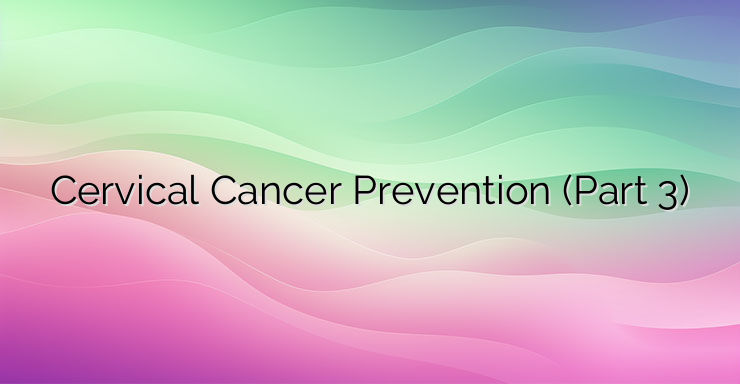In the last article, the information was presented about what is the reasonable behavior after a high group histological smear result, namely examination of the cervix by colposcopy. To read more, feel free to click here. During the colposcopic examination, in addition to the evaluation of the epithelium of the cervix using the two staining techniques with 3-5% acetic acid and Lugol’s solution, a pinch biopsy is also taken. It can be targeted or so-called. “blind”. Target biopsy is performed after acetic acid administration. After specifying the suspicious area, which looks like a place with a whiter color due to the precipitation (precipitation, entanglement) of the young proteins, a minimal piece of tissue is taken with a special clip. Anti-bleeding therapy is then administered as needed. A blind or random clip biopsy is taken from the most suspicious area or from a pre-quadrant of the cervix. As is already known, the most sensitive part of the cervix to the oncogenes of viruses is usually the transformation zone – the zone between the multi-layered epithelium of the exocervix and the single-layered epithelium of the endocervix. Under various factors, this area sometimes shifts to the endocervix and evaluation by colposcopic examination becomes impossible. This is especially common with age. Endocervical curettage is then performed. Endocervical curettage is a scraping of the mucous membrane of the cervical canal. After dressing the external genitalia and inserting the speculum, the cervix is grasped and the canal is dilated (expanded) to collect the necessary material. This is done after anesthesia. NEWS_MORE_BOX After a pathological histological biopsy result, the next step is surgical removal of the diseased area. The procedure is called conization. Conization is cutting a cone-shaped piece of the cervix with a scalpel. This piece covers the altered area or the entire transformation zone and reaches the level of the internal opening of the cervical canal. Conization requires anesthesia and hospitalization. The possible risks are of bleeding and of perforation (violation of the integrity of the uterus). In addition to conization performed with a scalpel, there is the possibility of laser excision. The advantages of laser conization are related to the high efficiency, safety and minimal probability of complications. The main problem is that the sampled tissue is thermally damaged by the laser, thus the boundaries of the material are coagulated and the pathologist cannot judge exactly how far the process has spread. The same applies to the so-called LEEP/LLETZ technique (Loop Electrosurgical Excision Procedure / Large Loop Excision of the Transformation Zone). Even with this method, the boundaries do not sufficiently guide the histological evaluation of the material. The positive features of the technique are that it can be performed under local anesthesia and in outpatient settings, and the procedure lasts about 15 minutes.


Leave a Reply